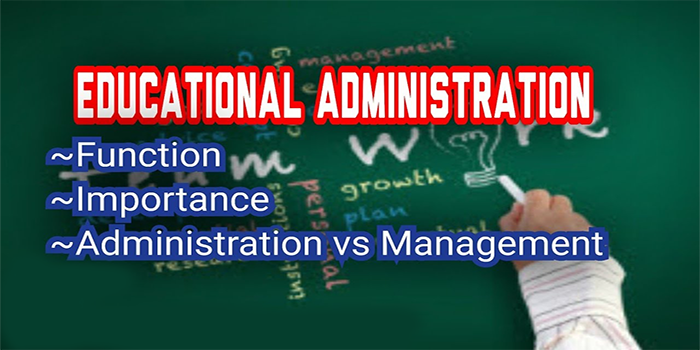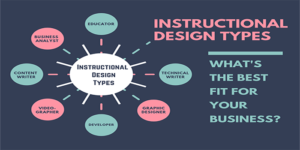
School administration is the management of educational institutions. It includes activities such as setting academic standards, managing staff, and organizing events and activities. School administrators can be found in both public and private schools, at all levels of education, from pre–K through higher education. Depending on the type and size of the school, administrators may have different titles, such as principal, assistant principal, superintendent, or dean. School administrators work with teachers, staff, and students to ensure that the educational environment is safe, effective, and welcoming. They are responsible for managing the day–to–day operations of the school, developing policies and procedures, and creating a positive learning environment. School administrators also oversee curriculum development, assessment, and staff development. They may also be responsible for budgeting and fundraising.
Education Administration Training Course
The Administration Training Course is designed to equip school administrators with the tools and strategies needed to lead successful school systems. This course covers topics such as school law, personnel management, budgeting, policy analysis, and curriculum development. The course also includes information on school culture, teacher evaluation, and school improvement. Participants will gain a clear understanding of their roles and responsibilities as educational administrators and how to effectively manage the many aspects of a school system. The course will also provide guidance on how to develop leadership skills and create a positive learning environment for students, staff, and faculty.
Importance of Education Administration
Education administration is important because it helps to ensure that educational systems, such as schools and colleges, are efficiently managed and operated. It also helps to ensure that teachers and students are properly supported and that educational standards are maintained. Education administration also helps to ensure that educational policies are developed and followed, that resources are allocated efficiently and that educational goals are met. Education administration ensures that educational systems are kept up to date and that best practices are being implemented. Furthermore, education administration helps to ensure that students and teachers have access to the resources, opportunities and support they need to reach their potential.
Function of Education Administration
The function of education administration is to ensure the smooth running of educational institutions by developing and implementing policies, managing resources, and providing support to faculty, staff, and students. It also involves setting goals, evaluating performance, and making decisions about curriculum, budgets, and personnel. Education administration also involves promoting collaboration between educational stakeholders and engaging in community outreach.
University of Education Administration in India
1. University of Delhi
2. Jamia Millia Islamia
3. Aligarh Muslim University
4. Banaras Hindu University
5. Symbiosis International University
6. Amity University
7. Manipal Academy of Higher Education
8. Indian Institute of Management, Ahmedabad
9. Indian Institute of Technology, Delhi
10. Panjab University, Chandigarh
What is the Role of Education Administration?
Education administration is responsible for setting and implementing policy, organizing and managing resources, and providing leadership and direction for educational institutions. This includes everything from setting up curriculum and hiring teachers, to managing budgets and ensuring compliance with governmental regulations. Education administrators typically work in schools or other educational institutions, and may also be responsible for overseeing activities such as student discipline, staff development and evaluation, and community outreach.
What are the Main Components of Educational Administration?
1. Planning: Setting goals and objectives, determining strategies and programs to meet those goals, and developing policies and procedures.
2. Organizing: Assigning personnel and resources, developing organizational structures, and establishing relationships among different organizational components.
3. Leading: Communicating with and motivating personnel, setting expectations, and providing direction.
4. Controlling: Evaluating performance, enforcing policies, and making adjustments in order to achieve objectives.
5. Staff Development: Providing professional development opportunities, promoting collaboration, and cultivating a culture of learning.






